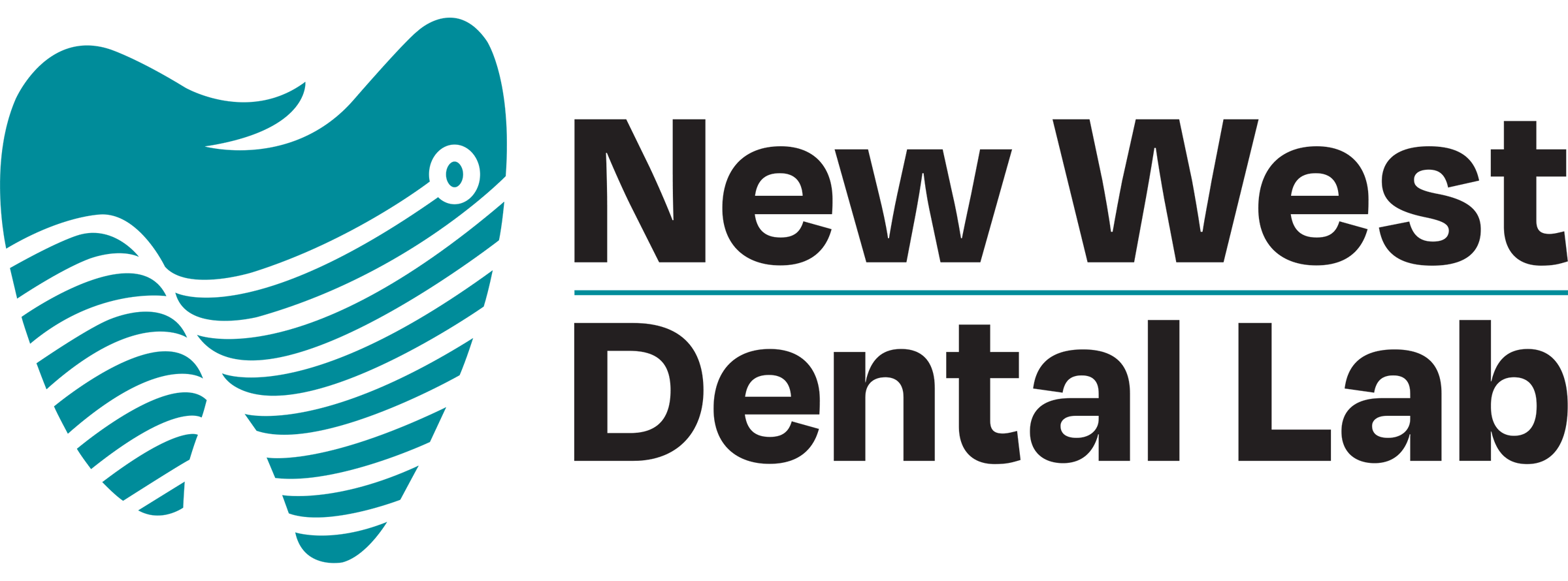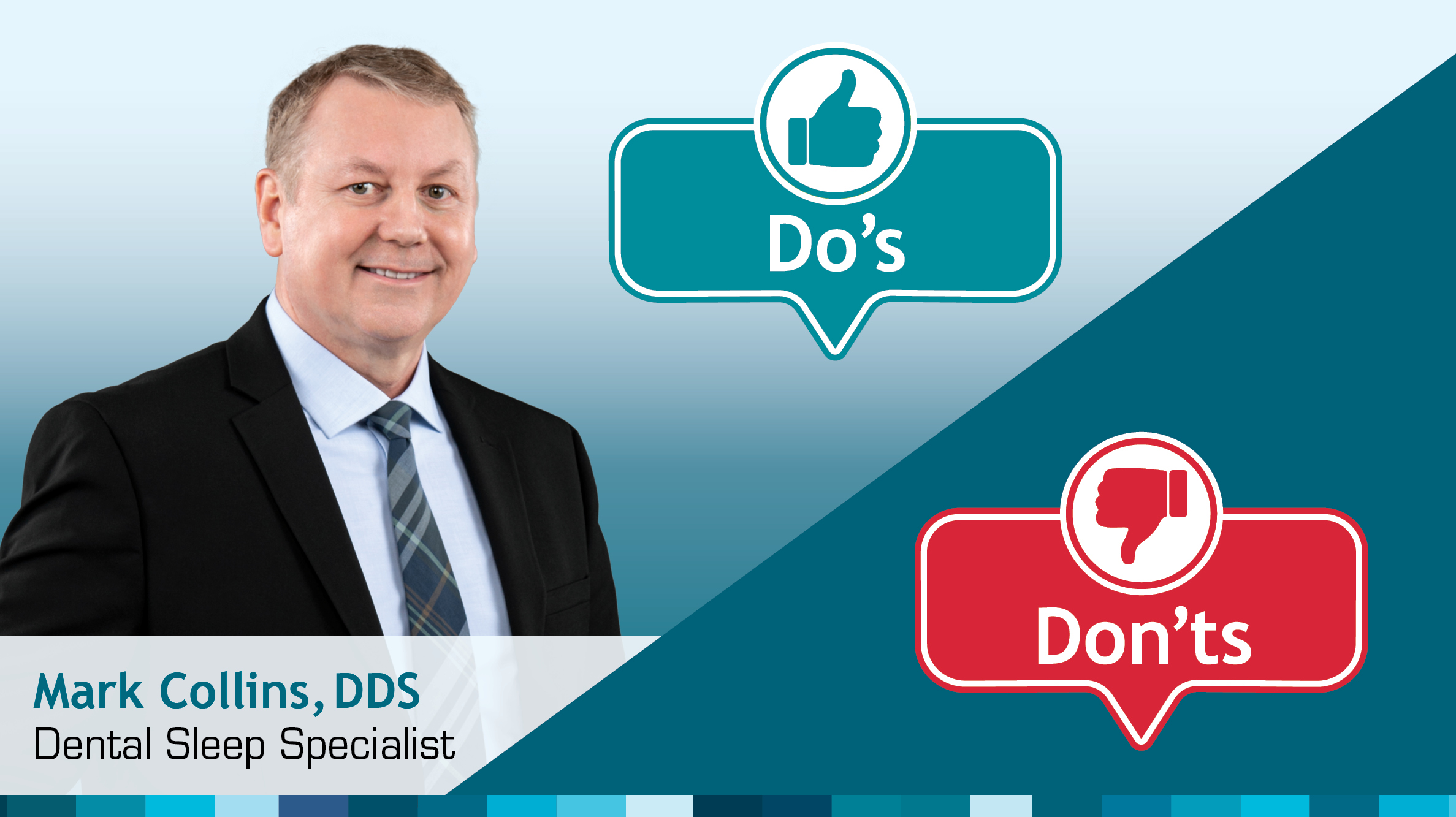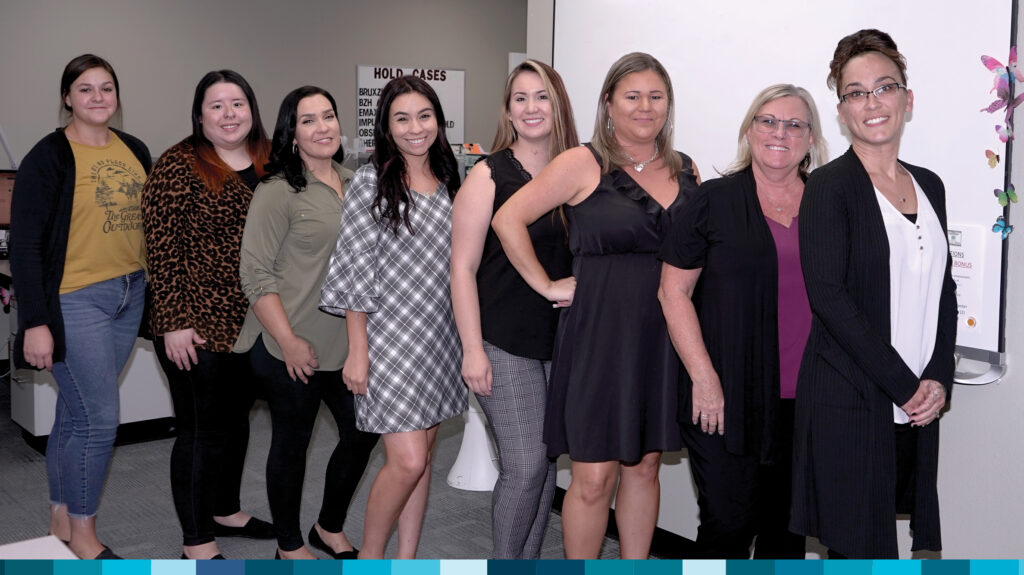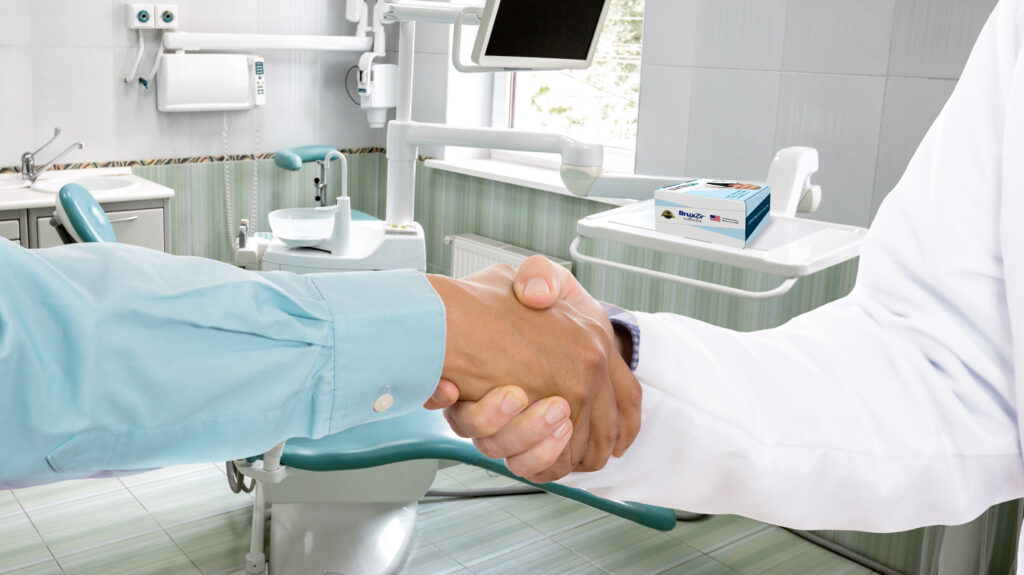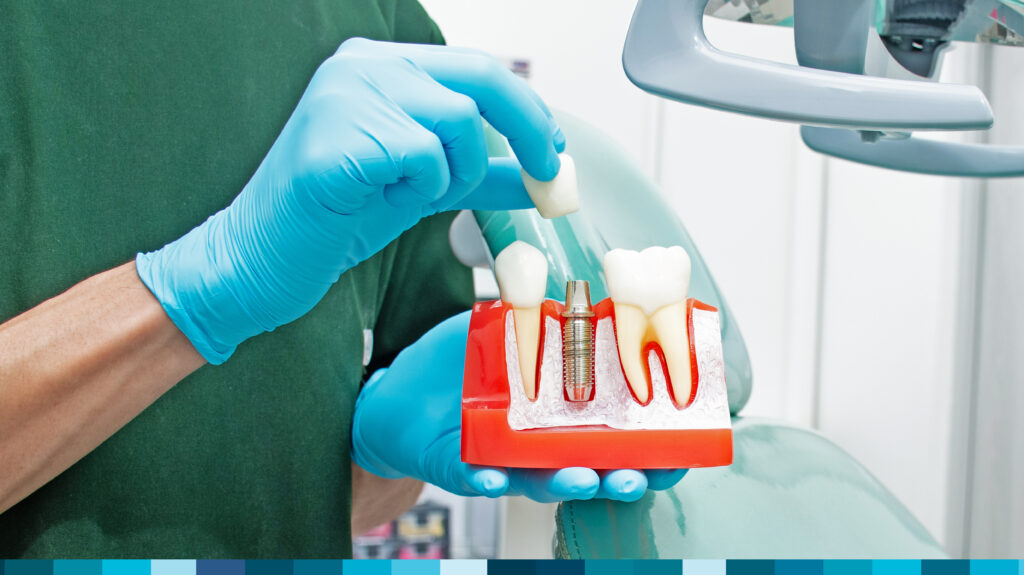It takes many different skills to run a successful retail dental practice — it is a small business, after all. The rules of retail are the same whether you sell shoes, real estate or dental services. Retail dentistry is hard to get into, as extensive training is required for your team: Not only does it take between eight and 12 years to become a dentist, but a dental hygiene degree also takes between two and four years of schooling, and dental assistants can require nine to 11 months of training.
Like any service industry, dental teams specialize in customer service. The focus on personal skills makes the whole team friendly, empathetic and knowledgeable — and in the era of social media, this relatability now matters more than ever before. The reality of retail business comes down to differentiation of products and services to attract and treat patients while remaining profitable.
Most patients expect to pay for medical treatments using their medical insurance. Snoring does not qualify for medical reimbursement. Sleep apnea, on the other hand, is a medical diagnosis and the patient’s condition is managed by the physician. The dentist fabricates a mandibular advancement device for sleep apnea based on the prescription of the patient’s physician. Medical insurance can be billed for the treatment after the nightguard is delivered. However, most dentists don’t bill medical insurance, and patients often complain that it can be difficult to find a dentist in network with their medical insurer.
I have spent years at weekend dental sleep training programs witnessing dental teams struggle to implement dental sleep treatment into their practice. The challenge is not with the presenters, who are excellent, knowledgeable and passionate. The dentists arrive at the course engaged and ready to learn, and leave the course ready to start offering dental sleep medicine in their practices Monday morning.
Many of the dental offices I have seen in these courses come as an entire team of four or five people representing front office staff, clinical team members and often more than one doctor. The cost of taking the entire office to a weekend course out of town is prohibitive.
The motivation is there — not to mention that the practice of dental sleep therapy is well established. Retail dentists are searching for procedures that set their practice apart from the other practices in the area. Dental treatment of snoring and sleep apnea is particularly attractive because about 50% of adults snore, while approximately 9% of women and 24% of men have sleep apnea. According to New West Dental Ceramics internal surveys, only 26% of dentists report that sleep therapy is of importance to their practice, and only one in four dentists provide this service. This is a great way to attract new patients and keep the existing population coming back for more treatment.
The clinical requirement of providing sleep therapy with a mandibular advancement device (MAD) like the Silent Nite®, EMA® or dreamTAP™ can be accomplished with materials and techniques that are common in a dental office. Medical billing is the component of dental sleep medicine that is the most difficult part of the practice to master. In fact, medical billing issues are often cited as the reason why most dentists do not make more than one or two MADs per year.
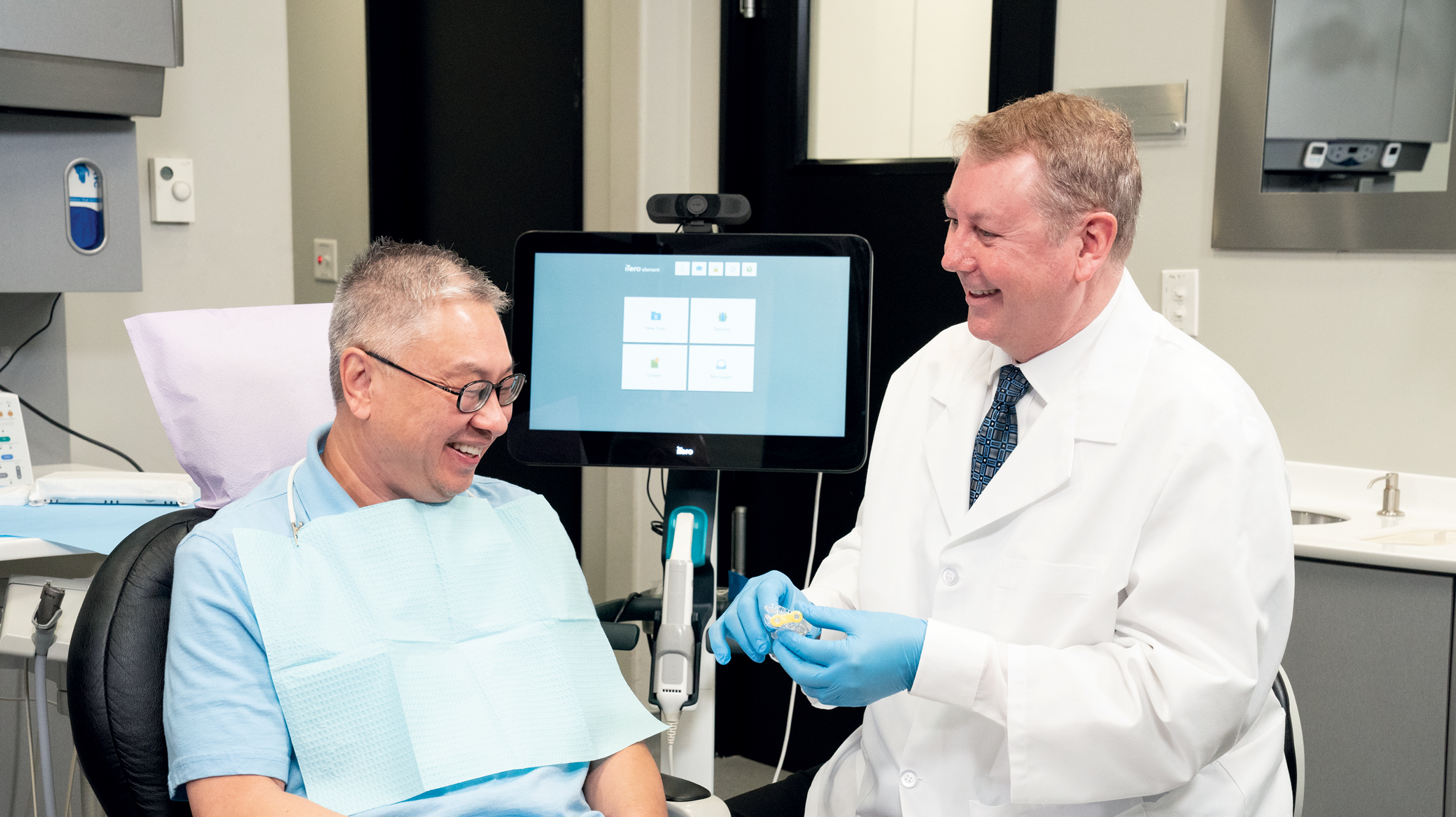
Medical insurance billing procedures are different from dental billing procedures. Many dental offices hire a medical billing service to help navigate the strict rules and requirements of medical billing for dental sleep. I reached out to Randy Curran, founder and CEO of Pristine Medical Billing, and asked him for a list of do’s and don’ts of medical billing for dentists. Use these tips to build your practice in sleep therapy.
Do’s of Medical Billing
- Ensure that your NPI (National Provider Identifier) and address are correct in the insurance carrier’s system before submitting claims.
- Ensure that your information is up to date in the CAQH (Council for Affordable Quality Healthcare) database.
- Ensure that your NPI shows dentistry as primary specialty and not DME (dental medical equipment).
- Ensure that, if the patient has mild sleep apnea, you have an AHI (apnea-hypopnea index) of five or higher; an Epworth Sleepiness Scale (ESS) score of 11 or higher; or associated comorbidities or insomnia, impaired cognition, or mood disorders verified and documented by the sleep physician to qualify for treatment.
- Ensure that, if the patient has severe sleep apnea, you have a signed document from the patient confirming that they have tried and failed PAP (positive airway pressure) therapy (and the reason for failure needs to be included).
- Ensure that, for BCBS (Blue Cross Blue Shield) federal plans, all patients, regardless of their severity, have tried and failed PAP therapy.
- Always verify patient coverage and eligibility prior to starting the pre-authorization process to ensure the patient’s plan is still active and see if gap or in-network exceptions are available — and determine their deductibles and co-payments.
- Check benefits on Medicare patients — many forget they have converted to Medicare replacement plans, which could require a pre-authorization.
- Understand that if the patient has a Medicare replacement plan, they will most likely follow Medicare coverage guidelines to obtain the pre-authorization.
- Check to see if Medicare patients have a second residence. Many times, a patient may have a second Southern home on file with Medicare as their primary residence, which could dramatically affect the payment amount that the practice quotes based on lower reimbursements in the South versus the Northeast.
- Always check to see if a pre-authorization is required, and only submit the pre-authorization request when you have all the documents that the specific carrier’s policy requires. Otherwise, the authorization will be denied and a lengthy appeal process will be required.
- Ensure that patients always sign a proof of delivery when they receive the appliance. Some carriers will ask for a copy before paying the claim.
- Give your team the time needed to work the dental sleep medicine program and understand that medical insurance isn’t the magic wand; rather, it’s a benefit to help supplement the costs associated with therapy.
- Be systematic, methodical and patient with the process, especially if you are newer to the insurance carriers.
- Be patient with medical billers. They are just trying to play by the rules of the insurance carriers, and these rules greatly vary.
Don’ts of Medical Billing
- Don’t deliver an appliance without a pre-authorization or gap approval if one is needed. A gap approval is when the insurance has a gap in coverage with a deficiency of in-network providers and allows the patient to see an out-of-network provider while using the better in-network benefits (lower deductible and cost share).
- Don’t bill on the impression date. Date of service for the appliance must be on the delivery date.
- Don’t assume that you have all documents required for medical necessity based on the practice’s judgment. Remember, each carrier has its own policy.
- Don’t deliver care and send your patient a surprise bill later, as this practice is now against the new federal price transparency law. All patients should sign a financial agreement before treatment.
- Don’t forget to at least bill out and get one claim paid by Medicare each year to prevent your Medicare enrollment from becoming deactivated.
- Don’t forget to document and code office visits by time when billing medical insurance for these visits.
- Don’t forget to confirm whether the private insurance carrier requires a Medicare-approved appliance. This can be done during the pre-authorization process with the utilization department.
- Don’t forget that some carriers can approve treatment based on the patient’s RDI (respiratory disturbance index) and not just AHI. An RDI of more than five can qualify some patients for coverage.
- Don’t assume you can’t get coverage with HMO patients. Many HMO patients can get an in-network exception to see an out-of-network dentist.
- Don’t tell patients, “Yes, your medical insurance will cover this.” Instead, always state, “Yes, your medical insurance should cover a portion of this.” Then, give a true number after pre-authorization and gap has been approved.
- Don’t routinely waive deductibles. The deductible should only be waived with a financial hardship letter on file.
- Don’t trust anybody with billing codes. Always do your own homework to ensure you are billing ethically to stay out of trouble. Billing services should always provide these codes and descriptions, and the practice should always get an EOB (explanation of benefits) to see what billing codes are billed to their patient’s insurance plan.
- Don’t assume that a dentist can’t get a dental sleep medicine contract — many carriers now offer these contracts to dentists who are not oral surgeons.
Although we’ve provided many tips for successfully navigating medical billing in the dental office, one of the challenges with these lists is they are never complete. Please send me your additional suggestions so that we may include them in future lists.
To learn more about oral appliance therapy, and to explore the New West family of sleep appliances, click here.
